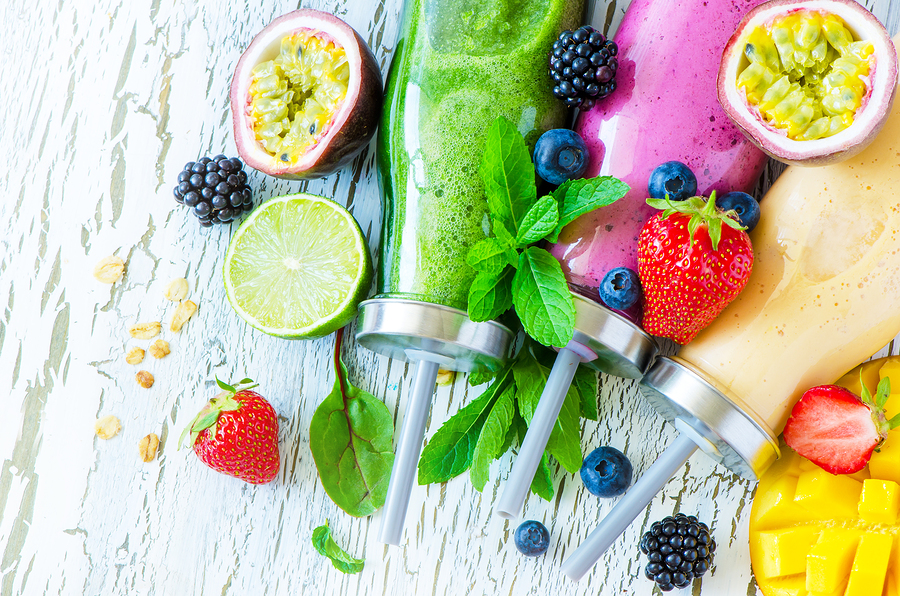- Make It Yourself Lavender Heart-Shaped Bath Bombs!
- 20 Things You Never Knew About “Down There”
- 12 Best Foods For Those Suffering From Arthritis Pain
- 12 Personal Hygiene Mistakes Almost Everyone Makes (Mom Never Told You About #4!)
- 15 Medicinal Plants And Herbs From The Cherokee People
- 12 Mind-Blowing Benefits Of Drinking Coconut Water During Pregnancy
- 12 Outstanding Winter Foods That Won’t Fatten You Up Like A Christmas Turkey
There’s A Vitamin You’re Almost Certainly Deficient In.How Do You Fix The Problem?

Photo credit: bigstock.com
Here is where the synthetic vitamin E comes in: Vitamin E in its naturally occurring form (found in food) contains all eight sub-categories of vitamin E. In most nutritional supplements, however, you’re getting synthetic vitamin E, which usually only has one of the seven — alpha-tocopherol. You will get some benefit from this, but it’s better to get vitamin E in its whole form.
The problem is that supplement labels rarely state clearly whether they include natural or synthetic vitamin E. One useful way to determine whether the brand you are taking offers natural or synthetic vitamin E is to check how the scientific name of the supplement is spelled:
- Natural vitamin E will be spelled d-alpha-tocopherol.
- Synthetic vitamin E will be spelled as dl-alpha-tocopherol.
The “dl” is what marks the difference. Once again, it is better to get vitamin E in a naturally occurring context from whole foods.
Vitamin E’s antioxidant properties protect the body’s cells from oxidative stress. It also plays a role in protecting eye health and ensuring strong vision, as well as boosting the effectiveness of the immune system.
One interesting benefit of vitamin E is the role it plays in producing compounds called prostaglandins. These lipid compounds play a role in regulating blood pressure and muscle contraction, as well as helping repair muscle tissues after strenuous use.
Vitamin E supplements have demonstrated interactions with more than 200 different medications, so talk to your doctor BEFORE taking them to make sure it is safe. As a general rule, it is better to get vitamin E from natural whole foods.
If you are looking to increase your vitamin E levels naturally, these foods are your options for natural sources:
- Leafy Greens: Spinach, kale, collard greens, Swiss chards, turnip greens
- Nuts and Seeds: Walnuts, brazil nuts, almonds, sunflower seeds
- Fish: Trout, salmon, herrings
- Other vegetables: Broccoli, pumpkin, squash
- Certain fruits: Kiwis, avocados (yes, avocados are technically a fruit), mangoes, peaches, blackberries, mamey sapote
Some nutritional articles and guides recommend vegetable oils like canola and wheat germ oil, since these products are rich in vitamin E. However, they also contain polyunsaturated fats, the risks of which may outweigh the benefits of consuming them. It’s better to get your vitamin E from one of the healthier items listed above.
References:
































